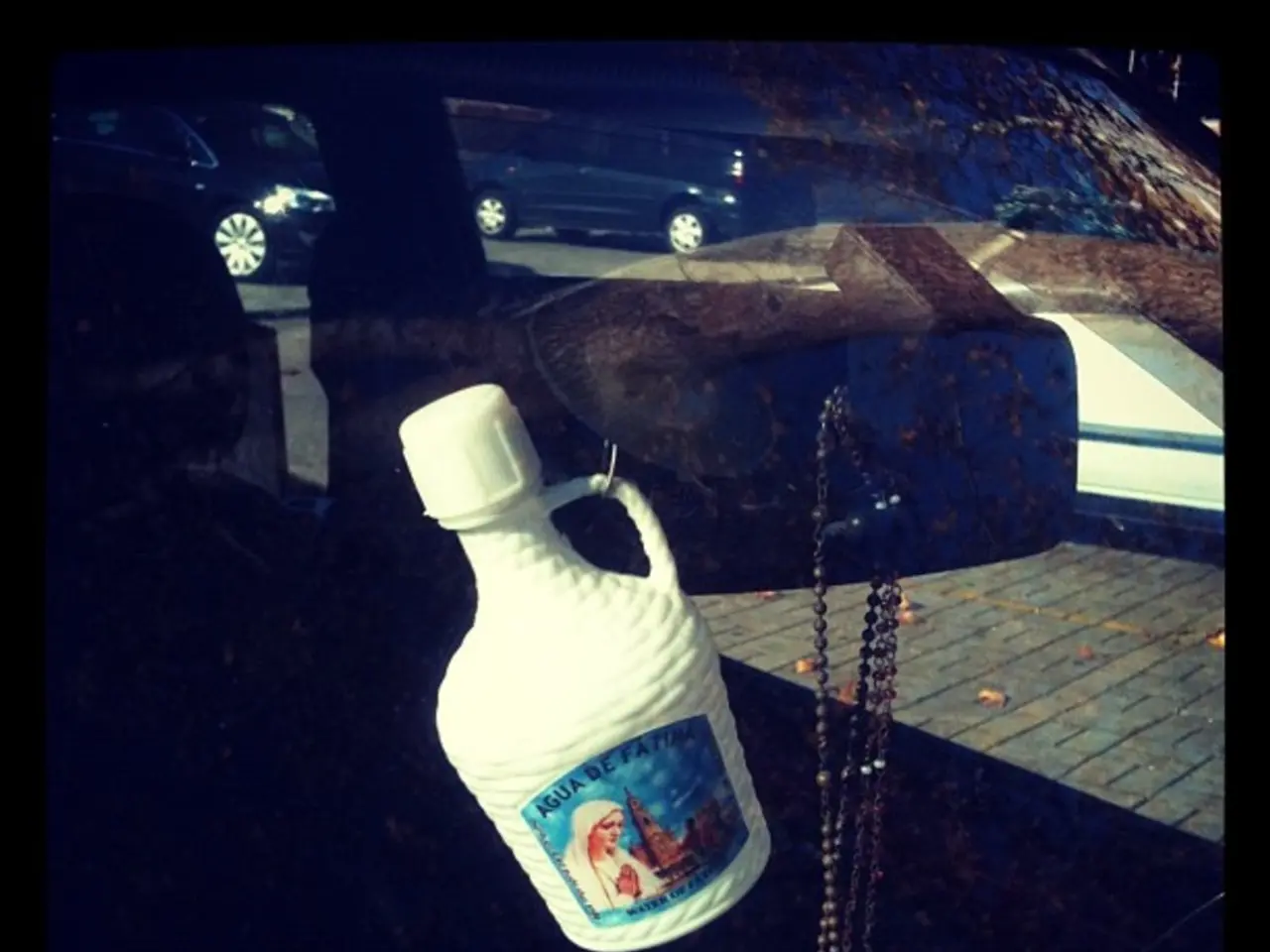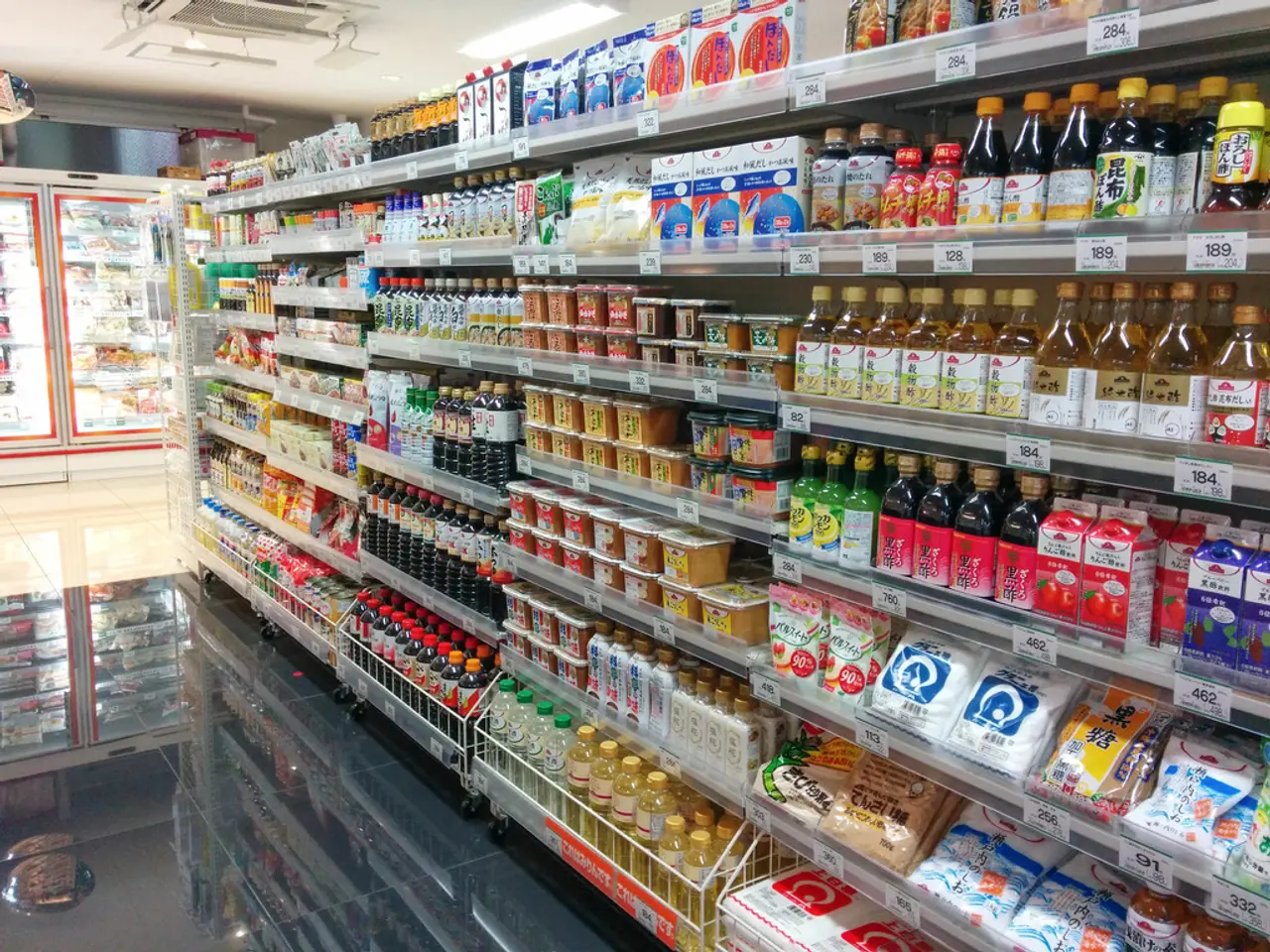Natural gas inventories in the US experience a significant increase, leading to a response in prices as summer demand draws near.
The U.S. natural gas storage levels are currently standing at around 3,075 billion cubic feet (Bcf), which is 5.9% above the five-year average but roughly 153-184 Bcf below last year’s levels for this time of year[1][2][4]. This ample supply provides a buffer for the summer cooling season, despite being below the previous year’s inventories.
The recent storage builds have been slightly below expectations, with 23 Bcf injected the week ending July 18 versus ~28 Bcf expected[3]. This can be attributed to several factors, including increased production, mild temperatures, stable LNG exports, and lower industrial use.
The current inventory situation has led to natural gas prices moderating or slightly declining, with Henry Hub futures dropping marginally to around $3.54 per MMBtu as of mid-July[2][4]. This price decrease or stabilization is a result of the ample storage and stable production, despite the expected increases in air-conditioning demand.
Energy analysts note that while the current inventory situation is comfortable, it's not a guarantee of low prices throughout the summer. Despite the current surplus, market conditions could shift quickly due to weather volatility, pipeline outages, or geopolitical events.
The strong inventory position could buffer against extreme volatility, at least in the short term. LNG exports are likely to rise as global demand picks up, particularly from Europe and Asia. However, this rise in LNG exports could reduce the amount of gas available for domestic storage and put upward pressure on prices[1].
Stakeholders, including utility companies and investors, are watching closely as natural gas once again takes center stage in the U.S. energy narrative. The next few weeks will be critical in setting the tone for summer gas markets, as forecasts suggest a hot summer across large parts of the U.S.[1]. If heatwaves arrive earlier than expected, inventory builds could slow.
In summary, the U.S. natural gas market is well-supplied going into late summer but sensitive to weather-driven demand fluctuations that could still cause price swings. Given the comfortable storage and continued supply, natural gas prices for the upcoming summer season are expected to remain stable to slightly downward, barring unexpected disruptions or extreme weather spikes[1][2][4].
References:
[1] U.S. Energy Information Administration. (2025, May 11). Today in Energy – Natural gas storage levels and prices: A look at the end of the 2024-2025 winter heating season. Retrieved from https://www.eia.gov/todayinenergy/detail.php?id=47442
[2] U.S. Energy Information Administration. (2025, July 15). Natural Gas Weekly Update – July 15, 2025. Retrieved from https://www.eia.gov/todayinenergy/detail.php?id=47556
[3] U.S. Energy Information Administration. (2025, July 20). Natural Gas Storage Report – Week ending July 18, 2025. Retrieved from https://www.eia.gov/daily/naturalgas/report/html/storagereport_weekly.html
[4] U.S. Energy Information Administration. (2025, July 16). Natural Gas Market Report – July 16, 2025. Retrieved from https://www.eia.gov/todayinenergy/detail.php?id=47557
- The surplus in natural gas storage could have a positive impact on the environmental-science sector, as ample supplies can lead to reduced greenhouse gas emissions from other energy sources.
- The stability in natural gas prices could influence the finance industry, as utility companies and investors may adjust their strategies based on expected low to slightly downward prices during the summer season.
- In the realm of science and industry, the rise in LNG exports could contribute to a more interconnected global energy market, with potential implications for energy trade and economic growth.




